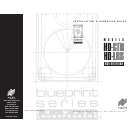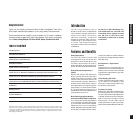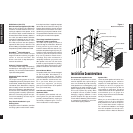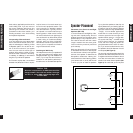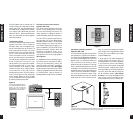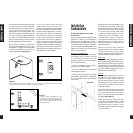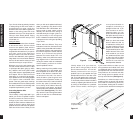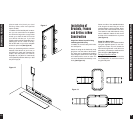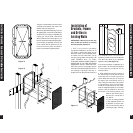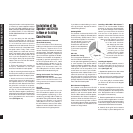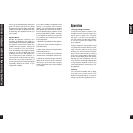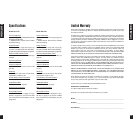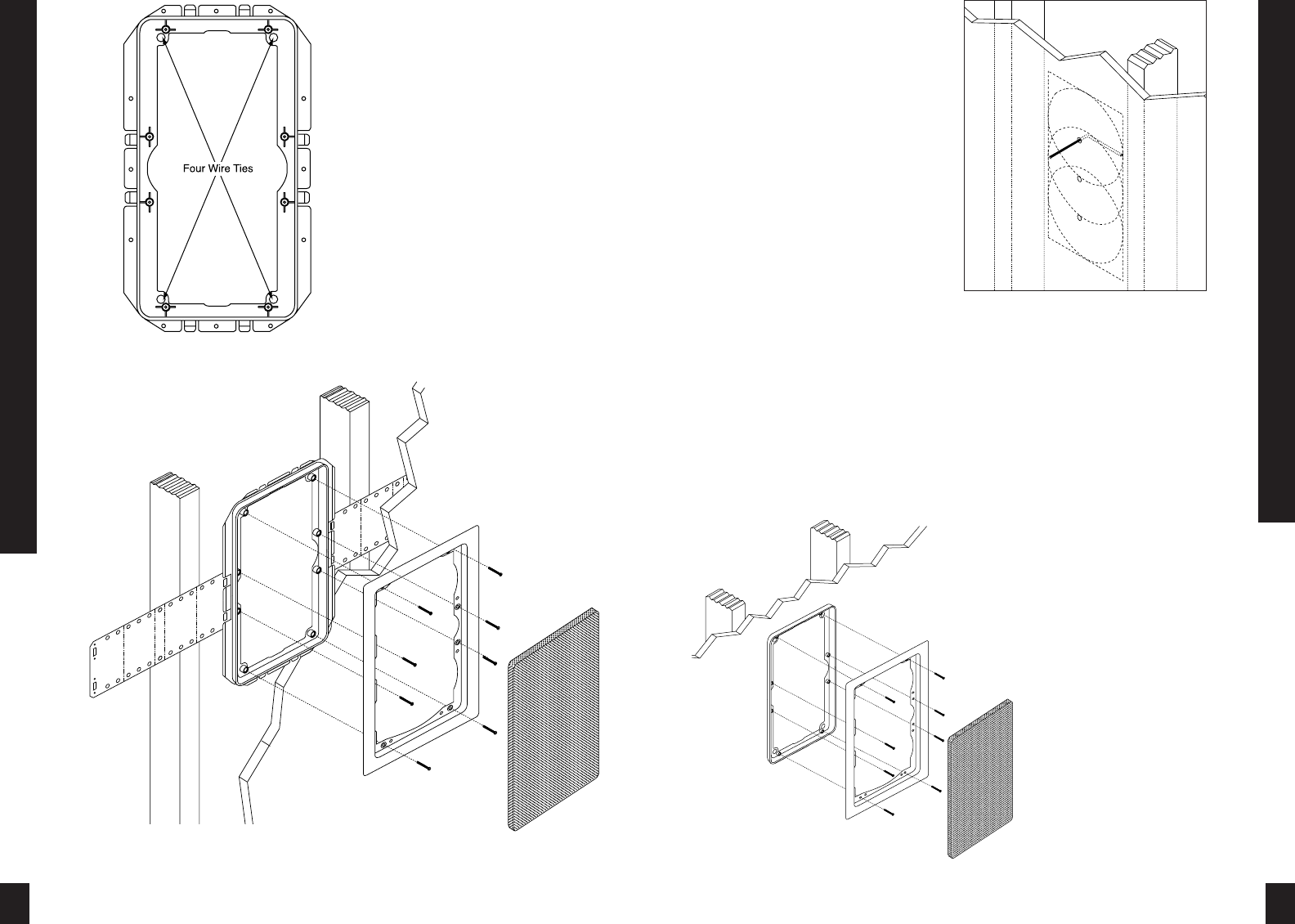
15
Installation of Brackets, Frames and Grilles in New Construction
The grille is constructed of aluminum with
a perfectly even powder coat overall. This
powder coat is an ideal primer.
Remove the grilles before painting. If you are
using spray paint, use two thin coats without
any primer. If you are using a compressor and
a spray gun, use the finest, most diffuse
setting. Practice first on some paper if you
have no experience painting with spray paint.
If you are using an applicator or brush, and
a can of paint, thin the paint first. You do
not want to have to poke hundreds of
holes in your beautifully painted grilles.
16
Installation of Brackets, Frames and Grilles in Existing Walls
Figure 14
Figure 15
Installation of
Brackets, Frames
and Grilles in
Existing Walls
IMPORTANT: Before you cut into any
wall, review the sections on running
wire and speaker placement.
1. Drill a 1/8” pilot hole just barely
through the wallboard or dry wall (1/2” to
5/8” deep in most homes) about an inch
below the center of your proposed speak-
er location (an inch to the side if you are
mounting the speaker horizontally). BE
VERY CAREFUL NOT TO DRILL
THROUGH EXISTING WIRES, PIPES, OR
STRUCTURE. IF YOU FEEL ANY EXTRA
RESISTANCE AS YOU ARE DRILLING,
STOP. Cut a piece of coat hanger equal to
the width of the bracket. Bend the wire in
half creating a right angle. Poke the “L-
shaped” wire into the pilot hole and turn it
in a complete circle. If it turns freely,
repeat the procedure from a hole about an
inch above the center of your proposed
speaker location (See Figure 16).
If the wires movement is obstructed by a
pipe or cable, fill the hole(s) with spackle
or other patching compound and try
another location.
2. When determining the final location of
the cutout keep in mind that the frame
and bracket will extend beyond the
cutout. Make sure that you do not place
the edge of the cutout directly next to a
stud. Locate the studs using a stud sensor
or hand-knocking. Once you have deter-
mined the correct position for the cutout,
hold the supplied template up to the wall
surface. Level the template in either the
horizontal or the vertical position and
mark the wall with a pencil.
Drill the four corners with a
1/4” drill bit.
3. If you are cutting a painted
or wall papered drywall use
a sheetrock or keyhole saw.
Cut the hole with the saw at
a 45 degree angle. That way,
Figure 16
Figure 17



